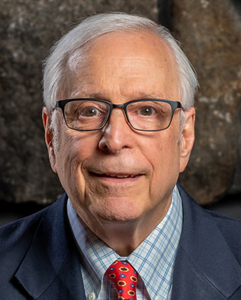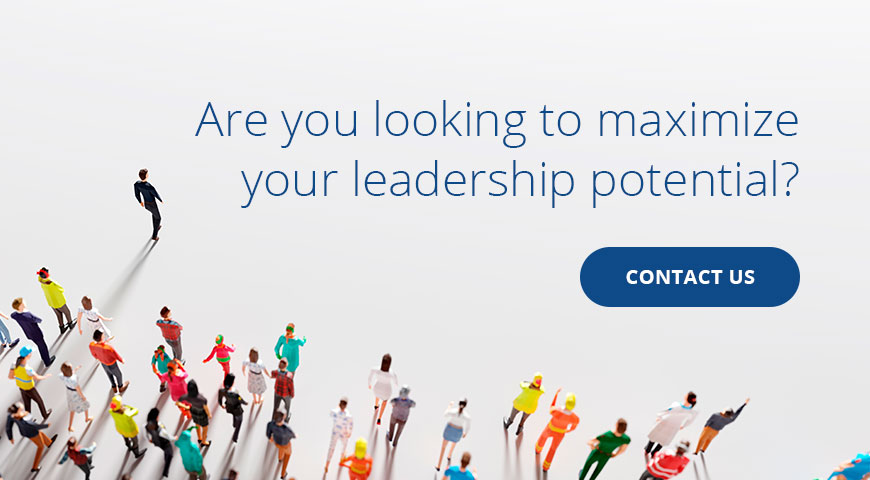Change is always somewhat difficult. It’s common for people to resist change when they grow accustomed to routines. Yet, as discussed in my previous blog post, the benefits of organizational development far outweigh the costs. Organizational development, after all, is the systematic alteration of employee operations. Its primary goal is to foster general expansion within a business. Moreover, employees are significantly less likely to oppose change if they have a clear grasp of what’s happening and why; education, communication, and expertise are crucial factors in the implementation of change. As a result, clear leadership can direct the process and provide team members with direction.
Issues Within Executive Organizational Development
To know how to address a problem, we must first understand what the issue is. Common problems that arise with organizational development include the following:
- Fear of the “New”: Some employees are afraid to enter uncharted territory. They may directly express this fear by complaining or passively by neglecting their part in the process.
- Conflict of Interest: Leaders sometimes disagree about a company’s goals and communicate poorly as a result.
- Lack of Leadership: Key leaders may leave an organization, forcing the remaining employees to scramble to fill the gaps. Likewise, leadership may lack effective communication or team-building skills.
- Misunderstanding Planned Changes: Employees typically want predictability. When missteps occur, they may lose faith in the process.
Now that we know the issues… what are some methods we can use to solve them?
What Organizational Development Interventions Can We Implement?
Organizational development interventions are programs designed to solve specific company problems. Their purpose is to improve an organization’s efficiency. They are often categorized into 3 types:
Individual Intervention
This focuses on personal productivity. Employed via coaching, it’s provided to workers who deplete performance morale.
Group Intervention
Rather than the entire workforce, this intervention concerns central departments. It’s provided via conferences, team-building exercises, or development coaching.
Organizational Intervention
This affects an entire organization. It’s carried out through outside experts to forge a more solid vision. Companies implementing new strategy use focus groups to create new success-measuring frameworks.
Overall, these interventions are specific to organizational problems. As such, types of organizational development need different implementation strategies.
What Organizational Development Models Can We Use for Executive Success?
The “how-to” follows once an organization has determined what needs to be solved. In this way, organizational development models offer defined structures to aid in logistic changes.
Specifically, there are 3 effective organizational development models to consider:
Business Process Reengineering (BPR)
Reimagine pieces of a firm using the BPR model.
- Charting the Organization’s Processes: To prepare for analysis, document existing processes and procedures.
- Reviewing Procedures: Analyze procedures using the process map to determine what’s working.
- Identifying Areas of Improvement: Identify problems and solutions.
- Creating a Process Map: Collaborate to plan changes. Timetables and workload delegations could all be a part of this phase.
- Creating Modifications to Achieve Better Procedures: Train employees while the projects are implemented.
The 3-Step “Lewin” Model
3 steps make up the most effective management methodology to this day.
- Defrosting: Relaxing present rules and practices is the first step of preparing for change.
- Modifying: To keep staffers engaged and concentrated, management cooperation and communication are essential to implementing a new strategy.
- Refreezing: Promoting reflection on how to maintain a shift.
Actionable Research
Like the 3-step Lewin Model, this strategy contains 3 methods to its madness.
- Problem-Solving and Theory Development: Gathering data through focus groups is essential to the research process. Finding a problem and solution is the overall aim.
- The Action Phase: Implementing a change occurs in this stage.
- Inputs and Results: Gather data to evaluate a strategy’s impact. It comprises analysis and reflection.
How Does Implementing Organizational Development Strategies Affect Us?
Change is never simple. That is a truth we already know.
Companies may spark significant change with a solid understanding of organizational growth and a clear objective: Yes, it’s important to maintain some characteristics of tradition at times. However, it can be equally crucial to develop and change a corporate culture through time.
Knowing this, it might be time to consider how your company is structured today and how it is growing, especially in a culture that values continuous learning and digitization. Employees in such a culture are made aware that they will always be attending workshops, receiving training, and developing professionally. It is ultimately up to them whether they sign on to change and learn new things. Organizational development is simply what systematizes the steps they need to take.
Only you can make the decision to tread quietly… or take a great leap forward.
Want to learn how you can take that next step? Just schedule a call with this link, or visit my website to learn more!




